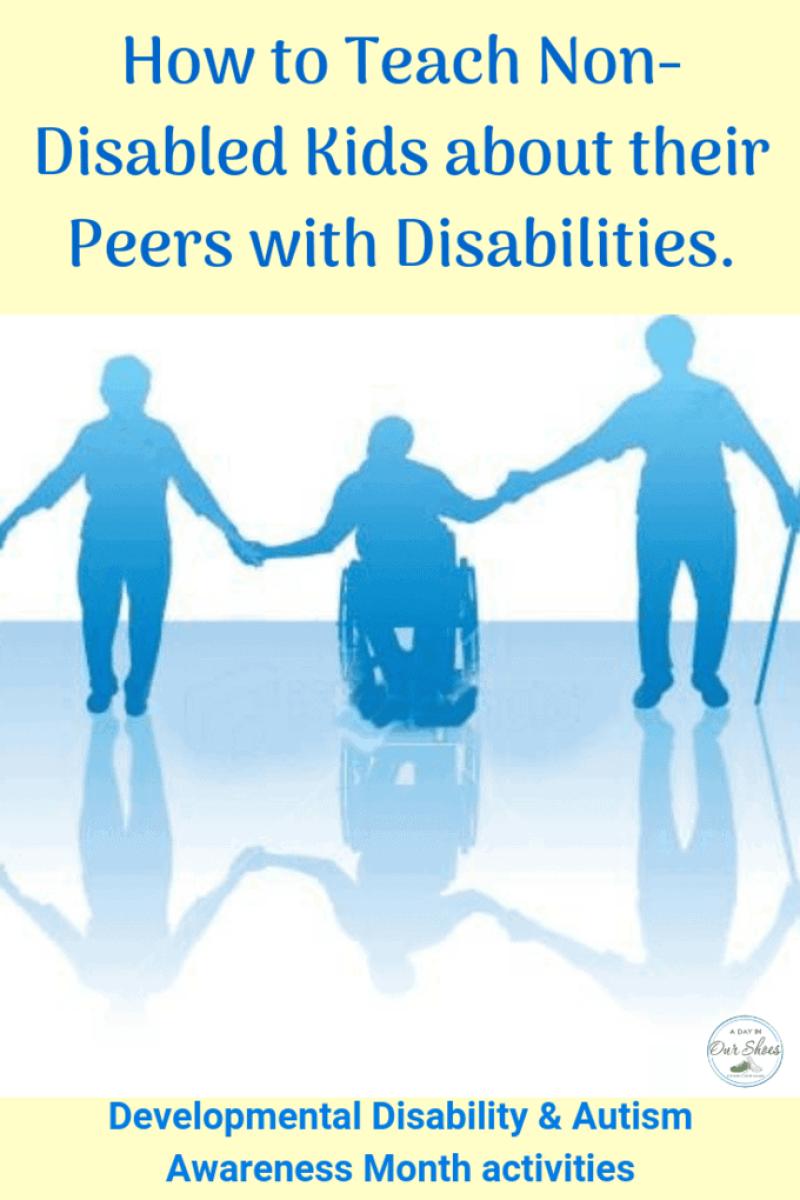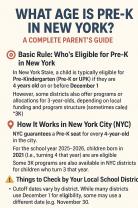What are disabilities, disorders or conditions qualify for an IEP?
An Individualized Education Program (IEP) is a personalized plan developed for students with disabilities, disorders, or conditions that impact their ability to learn in a traditional educational setting. The Individuals with Disabilities Education Act (IDEA) in the United States outlines the categories of disabilities for which a student may qualify for an IEP. These categories include:
Specific Learning Disability (SLD):
- A disorder in one or more of the basic psychological processes involved in understanding or using language, spoken or written. This can include conditions like dyslexia, dyscalculia, or dysgraphia.
Speech or Language Impairment:
- A communication disorder, such as stuttering, impaired articulation, or a language impairment that adversely affects a child's educational performance.
Intellectual Disability:
- Significant limitations in both intellectual functioning and adaptive behavior. This category includes what was previously referred to as mental retardation.
Emotional Disturbance:
- A condition exhibiting one or more of the following characteristics over a long period of time and to a marked degree, which adversely affects educational performance. These characteristics may include anxiety, depression, or disruptive behavior disorders.
Orthopedic Impairment:
- A physical disability that adversely affects a child's educational performance. This includes conditions like cerebral palsy or muscular dystrophy.
Other Health Impairment (OHI):
- Having limited strength, vitality, or alertness, including a heightened alertness to environmental stimuli, that results in limited alertness with respect to the educational environment. Conditions such as attention-deficit/hyperactivity disorder (ADHD) may fall under this category.
Autism Spectrum Disorder (ASD):
- A developmental disability that significantly affects social interaction and communication and may involve repetitive behaviors. Autism is a spectrum disorder, meaning it varies widely in its presentation and severity.
Traumatic Brain Injury (TBI):
- An acquired injury to the brain caused by an external physical force, resulting in total or partial functional disability or psychosocial impairment. This can include closed or open head injuries.
Visual Impairment Including Blindness:
- Impairment in vision that, even with correction, adversely affects a child's educational performance.
Deafness:
- A hearing impairment that is so severe that the child is impaired in processing linguistic information through hearing.
Deaf-Blindness:
- Simultaneous hearing and visual impairments that cause severe communication and other developmental and educational needs.
It's important to note that the eligibility for an IEP is not solely based on a specific disability or diagnosis but on how that disability or condition impacts the child's ability to learn and access the general education curriculum. The decision is made through a comprehensive evaluation process, involving parents, teachers, and other specialists, to determine the child's unique needs and how best to address them through educational services and supports.
To qualify for an Individualized Education Program (IEP), a student must have a disability that affects their ability to benefit from the general education curriculum. This means that the student's disability must result in educational needs that cannot be met through standard instruction and accommodations.
The specific disabilities that qualify for an IEP are defined by the Individuals with Disabilities Education Act (IDEA) and include:
Intellectual disability: Characterized by significant limitations in both intellectual functioning and adaptive behavior, such as communication, social skills, and self-care.
Hearing impairment: Encompassing any degree of hearing loss, from mild to profound, that affects a student's ability to perceive and process auditory information.
Speech or language impairment: Refers to a communication disorder that affects a student's ability to express themselves effectively or understand spoken language.
Visual impairment: Includes any degree of vision loss, from mild to blindness, that affects a student's ability to perceive visual information.
Serious emotional disturbance: Characterized by emotional or behavioral problems that significantly impair a student's ability to learn and function in school.
Orthopedic impairment: Refers to a physical disability that affects a student's ability to move and use their body, such as cerebral palsy, spina bifida, or muscular dystrophy.
Autism: A developmental disorder characterized by social interaction and communication difficulties, along with restricted and repetitive patterns of behavior.
Developmental delay: Refers to a delay in one or more areas of development, such as language, motor skills, or cognitive abilities, that significantly affects a student's ability to learn and function in school.
Traumatic brain injury (TBI): An acquired injury to the brain caused by an external force that significantly affects a student's learning and functioning.
Other health impairment: Includes any health condition that limits a student's ability to learn and function in school, such as asthma, epilepsy, or diabetes.
In addition to these specific disabilities, the IDEA also allows for consideration of "multiple disabilities," which refers to a combination of disabilities that causes severe educational needs.
To determine whether a student meets the criteria for an IEP, a team of professionals conducts a comprehensive evaluation. This team typically includes the student's parents or guardians, educators, psychologists, and other specialists. The evaluation may include assessments of the student's academic performance, cognitive abilities, social and emotional functioning, and adaptive behavior.
Based on the evaluation results, the IEP team determines whether the student meets the eligibility criteria for an IEP. If so, the team develops an individualized education plan that outlines the student's educational needs, goals, and accommodations or modifications. The IEP is a dynamic document that is reviewed and updated regularly to ensure that it meets the student's changing needs.












